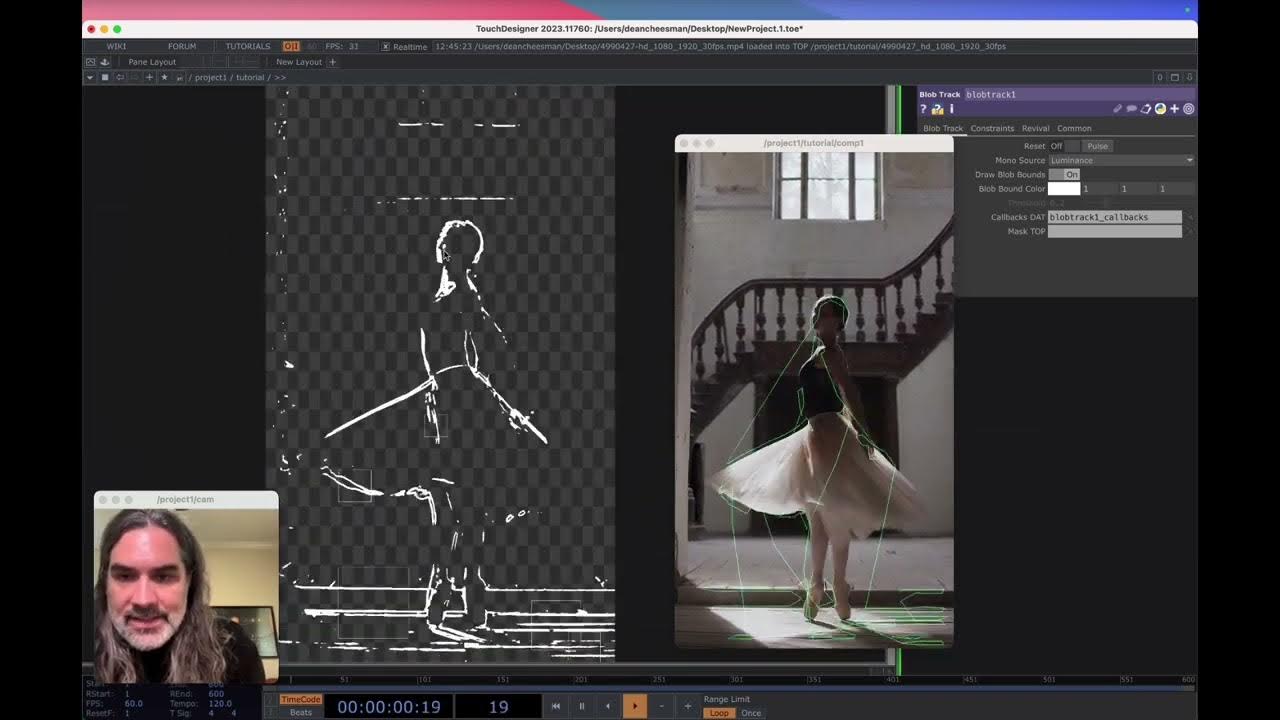Making Ideas Visible: The key to 21st Century Problem Solving | Tom Wujec | TEDxGateway
Summary
TLDRIn this insightful workshop, the speaker helps Kyle, a Hollywood visual effects producer, solve his financial struggles by applying a five-step creative process. The steps involve making ideas visible, organizing them into meaningful patterns, and taking action. Kyle's journey from feeling overwhelmed to gaining control of his finances demonstrates the power of visualization and collaboration in problem-solving. This process, which can be applied universally, helps individuals and teams tackle complex challenges, from personal issues to organizational problems, making it a transformative tool for innovation and effective problem-solving.
Takeaways
- 😀 Creative collaboration can lead to innovative solutions, even for non-technical problems like personal finance.
- 😀 Making ideas visible is a powerful tool for problem-solving and team collaboration, as it helps clarify complex issues.
- 😀 By physically displaying and organizing thoughts, individuals and teams can gain a deeper understanding of their problems.
- 😀 Visualization helps reveal underlying structures and patterns in problems, making it easier to find solutions.
- 😀 The process of arranging and categorizing ideas can help identify priorities, trade-offs, and areas of control.
- 😀 Breaking down complex problems into smaller, manageable parts allows for clearer, more focused action plans.
- 😀 The practice of creating a 'stage' or physical space to work through problems encourages mental clarity and collaboration.
- 😀 Groups that make their ideas visible tend to have better problem-solving abilities and make more informed decisions.
- 😀 Simplicity in execution is key – overly complex plans are less likely to succeed than simple, actionable steps.
- 😀 Complex problem-solving techniques, like making ideas visible, are increasingly important in a world full of challenging problems.
- 😀 Tools like design thinking and visualizing ideas can help individuals and organizations become better at solving problems and driving innovation.
Q & A
What was the goal of the workshop mentioned in the script?
-The goal of the workshop was to identify breakthroughs in the production pipeline for a group of high-level Hollywood visual effects producers.
What problem did Kyle present during the workshop?
-Kyle’s problem was that he didn’t have enough money at the end of the month, which he expressed despite the workshop being focused on advanced technology in visual effects.
What was the process used to help Kyle solve his problem?
-The process involved five steps: setting a stage for the problem, populating it with data, arranging the data, choosing actionable steps, and executing a plan.
What is the significance of 'stages' in problem-solving?
-Stages serve as physical spaces that allow individuals or teams to visualize their problems, offload cognitive load, and organize their thoughts more effectively. This creates mental space for deeper reflection and problem-solving.
How did Kyle's expenses reflect his mental and emotional model of money?
-When Kyle arranged his expenses, he revealed a funnel-like structure with lots of high expenses at the top and very little at the bottom, showing his internal experience of having limited financial control.
What role did 'arranging' the data play in solving Kyle’s issue?
-Arranging the data helped Kyle identify which expenses were under his control and which ones were not, providing a clearer picture of his financial situation and highlighting where he could make changes.
How did Kyle feel after he identified the areas where he had control?
-After identifying his coffee expenses as an area where he could exercise more control, Kyle experienced a shift, standing taller and feeling more empowered. He eventually extended this control to bigger expenses.
Why is 'execution' an essential step in this process?
-Execution is critical because it involves creating a simple, actionable plan that can be easily committed to and followed through. Without execution, no real change or solution can be achieved.
What is the core principle behind the process described in the script?
-The core principle is making ideas visible. This helps groups and individuals see and understand complex problems more clearly, which leads to better problem-solving, decision-making, and collaboration.
How can the five-step process be applied outside of individual financial issues?
-The five-step process can be applied to a wide range of problems, whether they are organizational, business-related, or even educational. It helps clarify complex issues, improve collaboration, and lead to clearer solutions.
What impact did this process have on Kyle after the workshop?
-A few years after the workshop, Kyle mentioned that the visualization process still impacted him. He was able to manage his finances better, and he now had more than enough money at the end of the month.
How does the concept of 'making ideas visible' relate to problem-solving success?
-Making ideas visible creates a shared understanding of the problem, promotes richer discussions, and aligns teams on a common path forward. This visual approach enhances the group's ability to identify solutions and execute them effectively.
Outlines

このセクションは有料ユーザー限定です。 アクセスするには、アップグレードをお願いします。
今すぐアップグレードMindmap

このセクションは有料ユーザー限定です。 アクセスするには、アップグレードをお願いします。
今すぐアップグレードKeywords

このセクションは有料ユーザー限定です。 アクセスするには、アップグレードをお願いします。
今すぐアップグレードHighlights

このセクションは有料ユーザー限定です。 アクセスするには、アップグレードをお願いします。
今すぐアップグレードTranscripts

このセクションは有料ユーザー限定です。 アクセスするには、アップグレードをお願いします。
今すぐアップグレード5.0 / 5 (0 votes)






